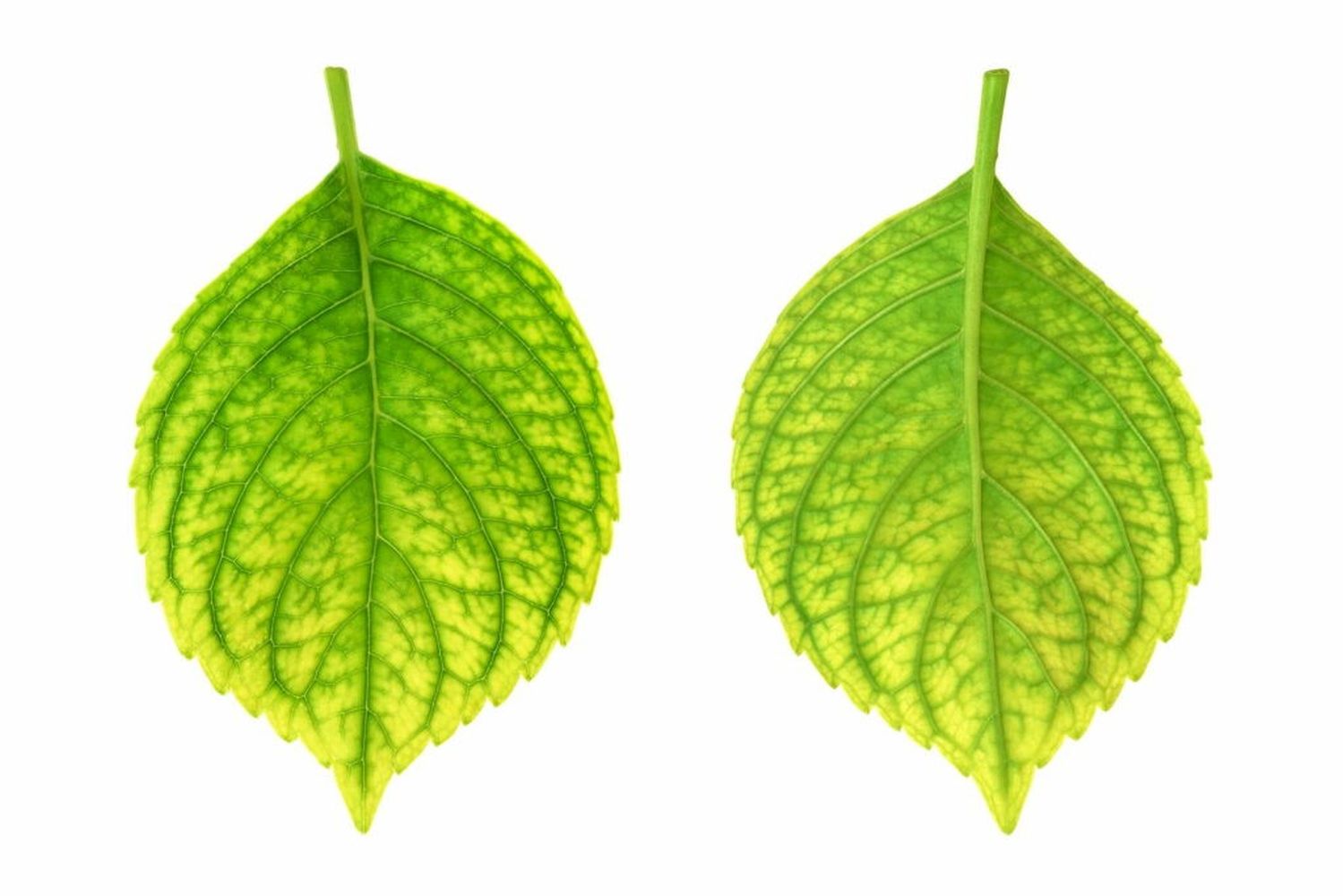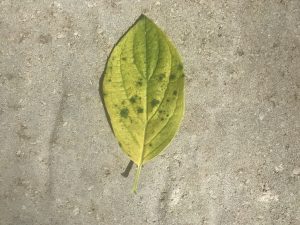Hydrangea Leaves Turning Yellow Fundamentals Explained
Table of ContentsThe smart Trick of Hydrangea Leaves Turning Yellow That Nobody is DiscussingA Biased View of Hydrangea Leaves Turning YellowThe smart Trick of Hydrangea Leaves Turning Yellow That Nobody is Talking AboutHydrangea Leaves Turning Yellow Can Be Fun For AnyoneThe Best Strategy To Use For Hydrangea Leaves Turning YellowMore About Hydrangea Leaves Turning Yellow
The container should be large sufficient so the plant can grow and obtain all of the water and nutrients it needs. Panicles like the full sunlight.Regardless of the variety, plan ahead and make sure your plant has plenty of defense from the wind. You can hair transplant to a new area, or you might develop a wind barrier using an additional plant, or fence.
Ornamental lawn, Rose of Sharon, or Holly shrubs are simply a couple of concepts of plants you can use to obstruct the wind. If you need to transplant, discover an area in your yard that is well secured from sunlight and wind. Transplanting is finest carried out in the fall or the spring.
The Ultimate Guide To Hydrangea Leaves Turning Yellow
All of the above circumstances might happen to any kind of garden enthusiast. The good news is for everybody, hydrangeas are extremely resilient, and will certainly probably recoup really swiftly with a little love and care. The plants location is the most vital element when it concerns obtaining recognized and appropriate growth. With a little forethought on growing place and proper upkeep, you'll have the ability to guarantee your hydrangeas!.
So, if Hydrangea leaves turn yellow and diminishes later, it's normally due to overwatering, as the plant can not uptake water and drops the leaves to cut off transpiration. Following this, Hydrangea leaves begin to sag and wilt. Because both conditions can create yellow fallen leaves, you ought to detect the distinction in between the overwatered and underwatered plant.
You can save the plant from yellow fallen leaves by supplying it the proper light and placement. If your plant obtains yellow leaves, move it to a dark area.
5 Simple Techniques For Hydrangea Leaves Turning Yellow
Remember, Hydrangeas are only frost tolerant in autumn and winter season as they go dormant, and temperature level alterations can trigger yellowing fallen leaves and brownish spots. If it gets also cozy, the sides of the leaves become yellow, transform brownish and develop a crunchy texture. Relocate your potted Hydrangeas away from drafty north-facing home windows in the winter season.
Heavy soil can conveniently block the oxygen supply to the roots and cut the link with the upper components of the plant (leaves). Hydrangea leaves alter their shade if they discover minor inconveniences in the dirt make-up. This issue can create the Hydrangea leaves to turn yellow, struggle with fallen leave declines, and provide a droopy plant compatible overwatering.
However, yellow fallen leaves in Hydrangeas are the initial indicators of disease infestation, More Help typically adhered to by black areas, browning, drops, and wilting. Separate the infected or pest-infested plant from the healthy and balanced plants to stop condition spread. If it is a yard plant, remove all the infected leaves making use of disinfected devices and clean up all the debris.
The smart Trick of Hydrangea Leaves Turning Yellow That Nobody is Talking About

Avoid cutting healthy and balanced or environment-friendly leaves, and do not get rid of more than 25% of the plant's foliage. The main reason behind the red leaves in Hydrangea is inadequate soil or ecological conditions.
Additionally, repot the plant every year in springtime or every 2 years if the growth price is sluggish.
Top Guidelines Of Hydrangea Leaves Turning Yellow

Each reason influences the plant in such a way that can be dealt with if we understand exactly how to care for hydrangeas the right method. When we discuss inadequate light for hydrangeas, we indicate that the plant isn't obtaining adequate sunlight. Hydrangeas choose brilliant light, however not direct, scorching sun. They usually prosper best with early morning sun and afternoon shade.
Without adequate sunlight, the fallen leaves can turn yellow, the plant can come to be weak, and it could generate less blooms. To make sure a hydrangea obtains adequate light, it ought to be placed in an area where it can delight in the early morning light and be safeguarded from the intense afternoon sun. Overwatering is when a hydrangea plant gets more water than it needs.
More About Hydrangea Leaves Turning Yellow

Yellow fallen leaves might be a sign that the plant is obtaining too much water. On the other hand, dehydration happens when the plant does not get sufficient water.
This trouble is typical in the fall as the weather condition adjustments or if a hydrangea is grown in a place where it does not get sufficient warmth from the sun. It is necessary to recognize the right problems for hydrangeas to prevent low-temperature stress. As an example, many hydrangeas grow finest in zones 6 to 9, where the climate is milder.
It is necessary to understand that this type of yellowing is different from the yellowing triggered by issues like excessive water or not sufficient light. Consequently, if Click This Link the yellow leaves are mainly at the end of the plant and the remainder of the plant looks healthy and balanced, it can simply imply that the fallen leaves are merely obtaining old.